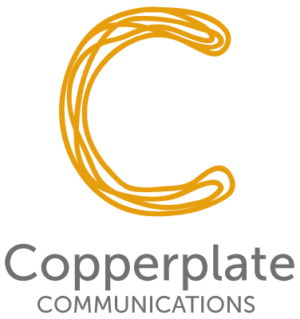What Makes a Good Landing Page?
While most of my time these days is spent writing and editing web pages, blog posts, newsletters and short ebooks, I still occasionally get the opportunity to write landing pages for clients. Which is great, because landing pages are fun to write, and I enjoy the thoughtful analysis that goes into them.
And while web pages, blog posts and newsletters are important, I would argue that landing pages are even more so. After all, nothing can derail a newsletter or PPC campaign faster than a crummy landing page.
In this post, I’ll briefly describe elements that help make a good landing page.
But first, let’s review what a landing page is.
What is a Landing Page?
A landing page is a special type of web page. It’s used as a place for prospects and clients to “land” when they respond to a promotional email, promotional webpage or online ad.
More than any other page on your website, landing pages are (or should be) laser focused on the objective of your promotional campaign. They have no distracting links or competing calls to action. And, as a result, they convert better than your home page or any other page on your site.
What Your Landing Page Should Include
To work well, landing pages should typically include the following elements:
- A call-to-action (CTA). You want the prospect to take a specific action when they come to your landing page, such as signing up for your newsletter, buying your product or downloading an ebook. But you have to ASK the prospect to take the action explicitly.
- A headline that relates to the promotion. Make sure your headline directly relates to the promotion that brought the prospect to your landing page. Otherwise, the prospect may get confused (thinking he/she is on the wrong page) and exit the conversion process.
- Body copy. Your landing page body copy (i.e. text) can be short or long—but it has to be relevant. No interesting diversions or witty asides here. Also, keep your most important points “above the fold” (many prospects won’t scroll down to read copy). For the same reason, include multiple CTAs in longer copy so one is always visible.
- A modified page design. Resist the temptation to use your standard web design template for your landing page. It will contain extraneous links, CTAs and copy that distracts from your main message. Instead, edit the template so that it’s focused entirely on your one call to action.
- A link to a simple form. When prospects finally click the CTA button to bring up a form, limit that form to the prospect info you absolutely need. If all you need is the prospect’s name and email address, then limit your form to those two elements only. Don’t also ask for the prospect’s postal code just because you’re interested.
- Trust signals. Trust signals reassure prospects that it’s worth their time, effort and expense to sign up for your newsletter, purchase your product, etc. The most common trust signals are testimonials and reviews, but they can also include client brand logos, “as seen in” logos and third-party certifications.
Most landing pages should include these elements. But every business and audience is different. So the only way to really know for sure that your landing page is fully optimized is to test it. Make small changes over time and see what happens.
Good landing page construction and designs take practice and expertise. To learn more, check out these landing page great resources from HubSpot and WordStream.

